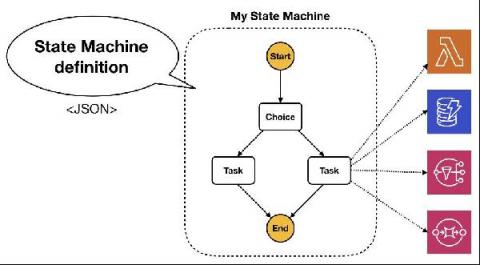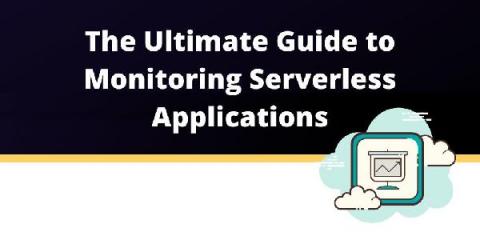Operations | Monitoring | ITSM | DevOps | Cloud
Serverless
The latest News and Information on Serverless Monitoring, Management, Development and related cloud technologies.
Deploying Rails to AWS Lambda
Lambda is an excellent option for deploying lower-traffic web services when you don't want to maintain another server and you want easy access to all of AWS's other services. In this article, Godwin Ekuma shows us step-by-step how to deploy our Rails apps to AWS Lambda.
BizTalk Migrator: What is new and what is coming (June 2021 Edition)
10x development speed with local serverless debugging
In this article you’ll find out how to 10x your development speed with local serverless debugging. Questions such as “what happens when you scale your application into millions of requests?”, “what to expect when going serverless?”, “how does it look like?”, or “how is it to build applications on serverless and work locally?” will be addressed.
Can We Solve Serverless Cold Starts?
As everything good in life, serverless also comes with its downsides. One of them is the infamous “cold start”. In this article, we’ll cover what they are, what influences serverless startup latency, and how to mitigate its impacts in our applications.
Knative - deploy, and manage modern container-based serverless workloads - Elad Hirsch
Why You Should Stop Hoarding Metrics
Serverless lets you deploy applications far away in a data center of a cloud provider. This relieves you of the lion’s share of operational burdens. The more you buy into your cloud provider’s ecosystem, the less you have to do yourself: no more OS updates or database bugfix installations. But you still need to do some operation-related work on your own. For instance, monitoring your application to know what’s going on in that far away data center.
Testing strategies for Step Functions
AWS Step Functions is a powerful orchestration service that lets you model even the most complex business workflows. It packs a great visualization tool (which you can also use to design your workflows visually now!) and can integrate with many AWS services directly, including Lambda, DynamoDB, and API Gateway. It’s one of my favorite AWS services and I often use it to model complex or business-critical workflows.
Spotlight: Serverless spark on Kubernetes
The Ultimate Guide to Monitoring Serverless Applications
Serverless applications, more often than not, have logic distributed over multiple functions and services, which with growth and agents and wrappers attached, can get more complex and costly. This is where Serverless monitoring comes in to help. But what is Serverless monitoring? Serverless monitoring allows developers to gain important insight on what happens during each execution and event, errors become more easily visible, and measuring resource consumption for each invocation is possible.











